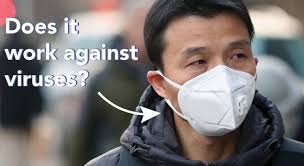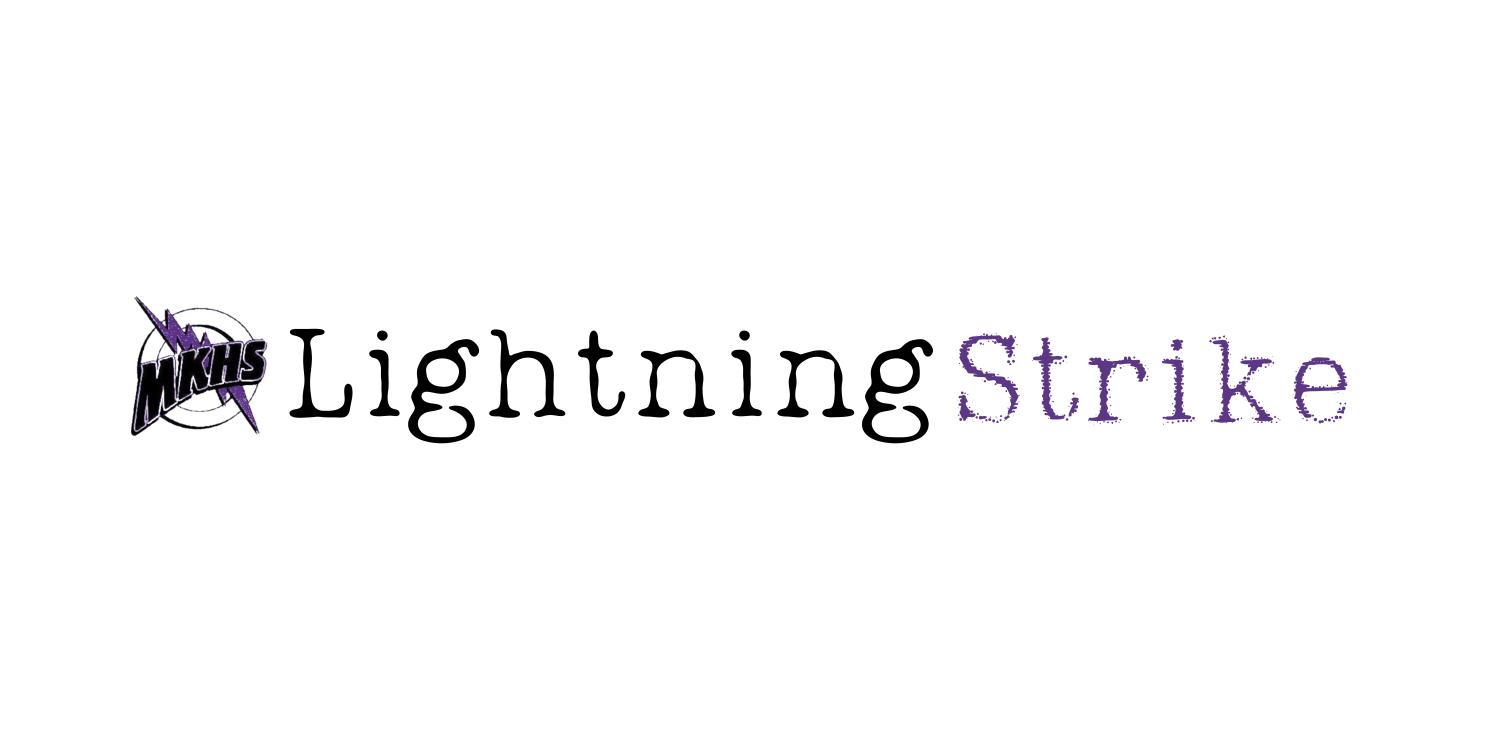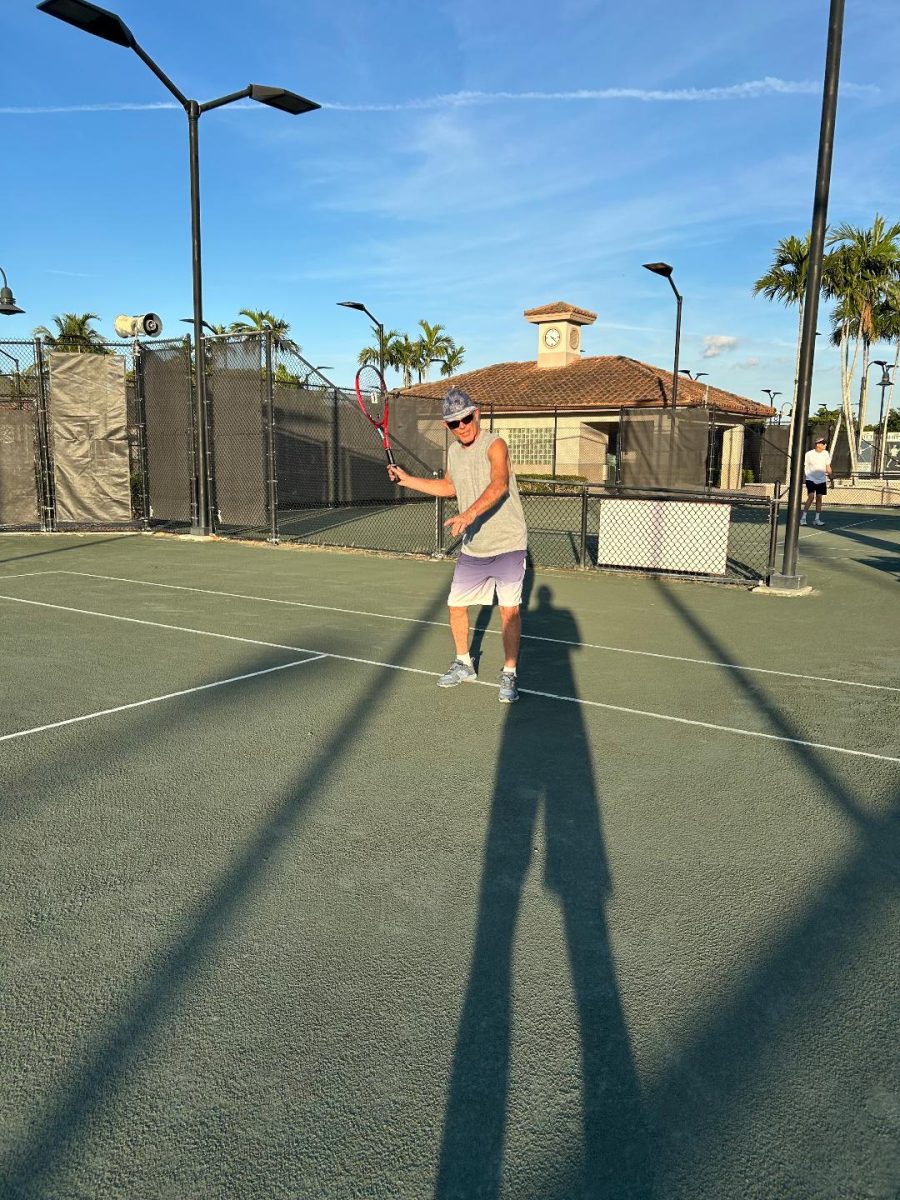All the info you need on masks, including how to make one!

Since the beginning of the coronavirus outbreak, the belief that wearing masks helps prevent the spread of the virus has been at question for many people around the world.
Originally, the World Health Organisation (WHO) said that masks should only be worn by those who are sick and medical care workers. The United States, Britain, much of Europe, Australia, New Zealand, India, South Africa and Singapore all followed the advice given by WHO. However, the guidelines for wearing masks have shifted completely.
“We can certainly see circumstances in which the use of masks, both home-made and cloth masks, at the community level may help with an overall comprehensive response to this disease, ” said the executive director of WHO’s health emergencies programme, Dr. Mike Ryan.
The reason why he recommends covering your face in public is that people can have no symptoms and still be COVID-19 positive. N-95 respirators and surgical masks are not recommended to anyone besides confirmed COVID-19 cases and healthcare professionals that are working with people who have been infected. Instead, healthy people who decide to leave their homes are encouraged to wear masks that can be made from household items.
The best fabric for a homemade face mask is tightly woven 100% cotton. People can use bandanas or fabric from pillowcases, curtains, and woven shirts. T-shirts that are not made of 100% cotton are not recommended because they are made of fabric that may create holes when they are stretched.
Ways to create masks at home:
WITHOUT SEWING
- Lay out a bandana or cut a 22″x 22″ square of cotton fabric
- Place a flat coffee filter in the center of the square (optional)
- Fold the top and bottom in towards the center
- Place a twist tie, paper clip, or other metal piece close to the top (optional)
- Fold the top and bottom in towards the center
- Fold the sides in towards the center, placing your ties at the folded crease. If you’re using rubber bands or hair ties, loop these around the fabric. If you’re using shoelaces or string, place the center of the string in the folded crease and pull the straps tight
- Tuck one end of the fabric into the other
- Lift the mask to your face and secure the straps. For hair ties and rubber bands, loop them over each ear. For shoelaces and string, tie them behind your head
- Adjust as needed, making sure your mouth and nose are completely covered
OR
Step 1: Cut off the bottom 7 inches of the T-shirt
Step 2: The detached T-shirt bottom will make a two-layered rectangle. Cut a smaller rectangle across 6-7 inches of the width of the material. The remaining fabric will make up the face covering and the strings to the mask.
Step 3: To attach the mask, cut the middle of the fabric strips to make strings and tie one set behind your neck and the other behind the back of your head (depending on the size of the T-shirt and your face, you may have to cut out more material to ensure the mask fits—cut as much or as little as you need to properly cover your mouth and nose openings).
WITH SEWING
Materials
- 2 pieces of 100% cotton fabric that measure about 7 inches by 9 inches—cotton T-shirts, dish towels and pillowcases are good options (make sure all fabric is washed and dry)
- 2 pieces of cotton fabric that measure about 1.5 inches by 40 inches for the mask’s strap (in a pinch, you can use something like shoelaces or ribbon)
- A ruler, sewing pins, a pair of scissors, thread, an iron and a sewing machine
Instructions
Step 1: Sew the two main rectangle pieces together with the “right” sides of the fabric—the side you want to see—facing each other. Sew almost all the way around the rectangles, leaving a small gap (a few inches) open on the long side.
Step 2: Turn the rectangle right-side-out by reaching into the gap you left open and pulling the fabric through. Now your edges are on the inside and you have a neatly sewn two-sided rectangle. At the gap you left open, just tuck the edges inside for now; you’ll sew it closed later.
Step 3: Make three evenly spaced pleats along both 7-inch sides of the fabric, making sure to keep all of your tucks facing in the same direction, and pin in place. One way to do this is by marking the spacing with pins: place one about 1.5 inches down the short side of the fabric; add the next 1 inch down from that, then the third ½ inch down from that, and keep alternating between 1 and ½ inches until you’ve used all six pins. To create the pleats, just bring the first pin down to meet the second, the third to meet the fourth, and the fifth to meet the sixth. Repeat on the other side.
Step 4: Once the pleats are pinned, stitch all the way around the perimeter of the rectangle. This will sew the pleats into place and also close the gap you had left open in Step 1.
Step 5: If you’re using a strip of fabric for your strap, fold and iron it in half lengthwise and then fold and iron the raw edges in. Find the centers of your straps and the centers of the long sides of your mask, and match them. Pin the straps in place along the long edges of the mask, so there is a strap on the top of the mask and one on the bottom, with equally long pieces coming out to the sides. If you’re using a strip of fabric, pin it so it’s wrapped around the edge of the rectangle.
Step 6: Sew the strap to the mask by stitching all the way down each strap, catching the edges of the mask as you pass. (If you are using a strap that did not require folding, you can opt instead to stitch around the perimeter of the rectangle one more time.)





























